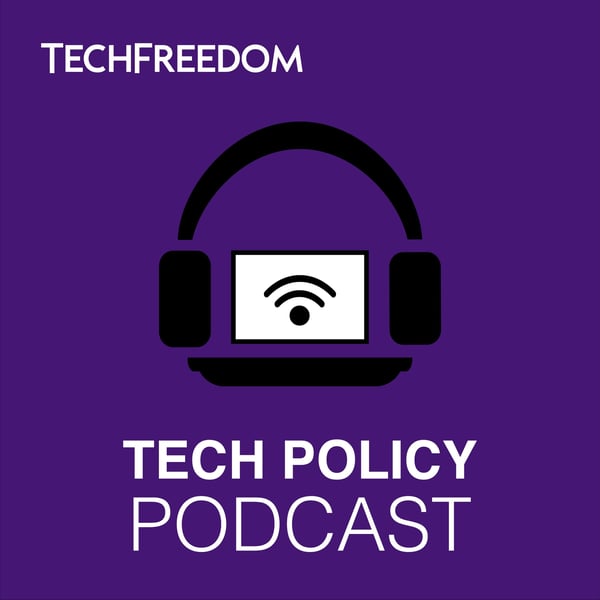#186: Road to the Driverless Future Part 2 (Mass Transit)
Tech Policy Podcast
TechFreedom
4.8 • 45 Ratings
🗓️ 14 July 2017
⏱️ 22 minutes
🧾️ Download transcript
Summary
Transcript
Click on a timestamp to play from that location
| 0:00.0 | Welcome to the Tech Policy podcast. I'm Evan Swartzchalker. On today's show, The Future of Autonomous Public Transit. We did a show recently called The Road to the Driverless Future. And we're going to expand on that today by focusing in particular on what does automation mean for public transit, for buses, for trains, for |
| 0:22.3 | subways, even maybe driverless cars being a part of public transit. And when can people expect to |
| 0:29.1 | see these things become a part of their lives? Joining me to discuss this is Darnell Grisbee, |
| 0:34.0 | Director of Policy, Development, and Research at the American Public Transportation Association. |
| 0:38.9 | Darnel, thanks so much for joining the show. |
| 0:40.4 | Thank you, Evan. Nice to be here. |
| 0:41.7 | So just to start, give me like a 30,000-foot view. |
| 0:46.6 | What is this state of automation of public transit, if at all? |
| 0:50.5 | I think we've seen some pilots around the country, and really this is all about improving safety, |
| 0:56.8 | given the public a chance to see some of the technology in actual use, and also a chance to collect data on how to improve the service going forward. |
| 1:07.6 | So I think right now it's, is, is really interesting and people want to be |
| 1:12.5 | innovative. So you find communities trying to say, how can we step up and give this a try? |
| 1:18.2 | Yeah. And we're here in Washington, D.C., which is famous for having a metro that catches on fire |
| 1:23.6 | regularly. And people are pretty pissed off about it. So I'm sure they might like to see some |
| 1:28.8 | of these technologies applied sooner rather than later. But when we were preparing to do this show, |
| 1:33.5 | you gave me so many examples of cities that are doing this all over the world. What's the most |
| 1:38.6 | interesting case to you just to kind of start the discussion? Well, you know, they're all a really |
| 1:43.0 | interesting. But I think Finland has done quite a bit. |
| 1:47.6 | They have several routes around their city, one of the cities, and they did it for a whole entire year, with the exception of winter. |
| 1:56.2 | And this is really an idea of how do we get this out there, collect data, what we should improve. |
| 2:02.0 | We've seen Las Vegas do some pilots. |
| 2:04.5 | We've seen Reno do some pilots. |
... |
Please login to see the full transcript.
Disclaimer: The podcast and artwork embedded on this page are from TechFreedom, and are the property of its owner and not affiliated with or endorsed by Tapesearch.
Generated transcripts are the property of TechFreedom and are distributed freely under the Fair Use doctrine. Transcripts generated by Tapesearch are not guaranteed to be accurate.
Copyright © Tapesearch 2025.

